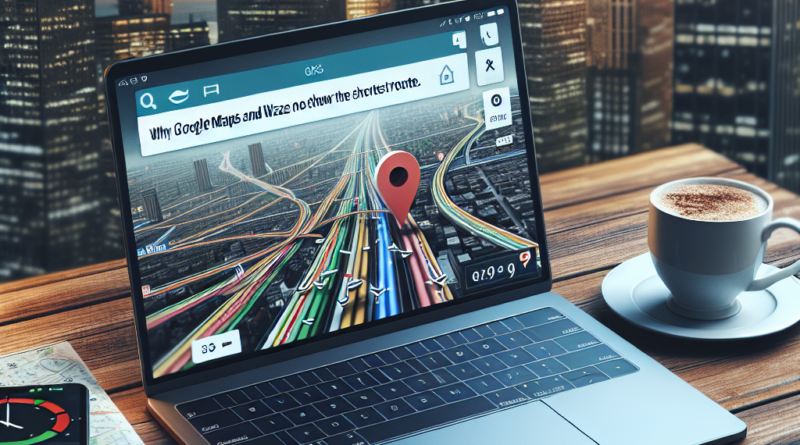Why Google Maps and Waze No Longer Display the Shortest Route
The Evolution of GPS-Assisted Navigation
In recent years, the GPS-assisted navigation sector has undergone significant evolution.
Platforms like Google Maps and Waze have revolutionized how drivers navigate on the road.
A new update has introduced the “ecological route” feature.
Initially launched in the United States between 2020 and 2021, this function is now available in over 40 European countries, including Italy.
The Eco-Friendly Route Option
What does it offer? Users can choose between the shortest route and the one with the least environmental impact.
The introduction of the ecological route by Google Maps and Waze represents a significant step towards more sustainable and responsible navigation.
This new feature provides users with the opportunity to make conscious choices, taking into account not only the travel time but also the environmental impact of their journey.
Data Sources and Development
The ecological route option was developed with the support of data provided by the Department of Energy’s National Renewable Energy Laboratory (NREL) and the European Environmental Agency.
This feature represents a significant change as it offers users a broader choice, allowing them to consider not only the travel time but also the environmental impact of their trip.
Customizing the Eco-Friendly Route
By activating the “ecological route” option in the settings of Google Maps or Waze, users can view two route options: the shortest and the most ecological one.
The latter is identified by a small leaf icon and is calculated based on various factors, including fuel consumption and CO2 emissions.
Users can customize the ecological route by selecting their vehicle type, whether it’s gasoline, diesel, hybrid, or electric, providing more accurate directions tailored to the specific characteristics of their vehicle.
Controversies and Impact on Local Communities
Despite offering more sustainable choices for drivers, the “ecological route” has sparked controversies related to the excessive use of GPS.
Several communities have complained about the influx of drivers blindly following their GPS directions, hoping to save a few minutes of travel time.
This behavior has caused traffic congestion issues in many areas, negatively impacting local communities.
For example, the village of Saint-Montan in Ardèche experiences a surge of tourists during weekends and holidays due to GPS directions.
The sudden influx of visitors can strain local resources, increase traffic, and disrupt the peace of residents.
As GPS technology continues to ease the lives of millions of travelers, finding a balance between individual drivers’ needs and the well-being of local communities is crucial.



